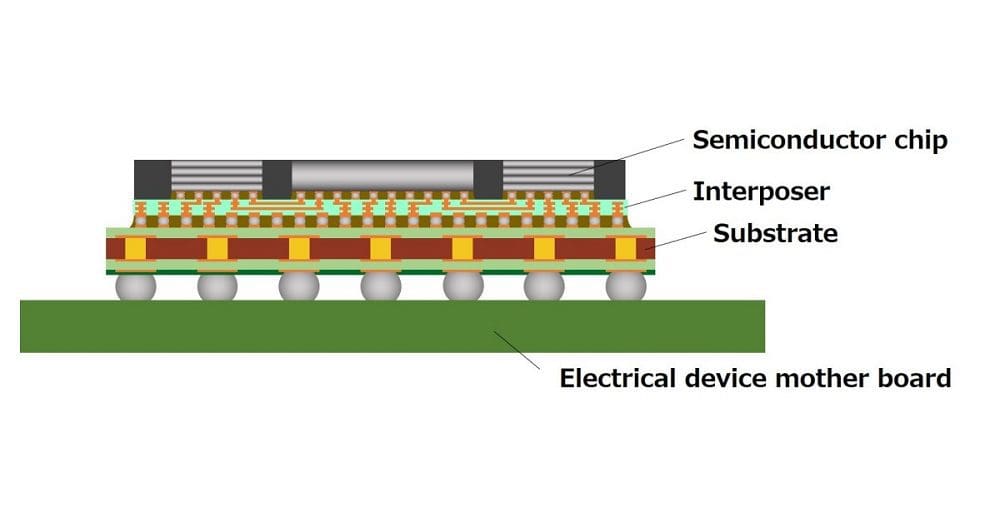One of the aspects that is important to consider when 3D printing is safety. With traditional FDM printing, this primarily relates to fire safety and air quality. Thankfully, fire safety is not really an issue due to the lack of hot parts. The situation is slightly different with SLA and MSLA resin printers, though. Unfortunately, you have to be careful with the actual resins, though they are toxic for humans and the environment.
Toxic Effects
3D printing UV curable resins are an irritant. Any direct skin contact can lead to contact dermatitis, an itchy rash caused by your body rejecting a foreign substance. Contact with your eyes can lead to permanent damage if not thoroughly cleaned immediately with water. If you do get any in your eyes, you should spend 15 minutes washing them with water to ensure it has all been washed away.
Immediately seek medical attention if you ingest any resin, do not induce vomiting. The fumes that resins give off when cured can also irritate the lungs leading to coughs, difficulty breathing, and headaches.
While individual exposure events generally only lead to local reactions, each exposure sensitizes you and can eventually lead to an allergy. It is possible to experience an allergic reaction purely from smelling curing resins in the worst-case scenarios, though this is rare.
Ventilation
As with any 3D printing, ventilation is important. The resin curing process gives of Volatile Organic Compounds or VOCs and other irritating and toxic substances. Ventilation helps to keep the air in your workspace safe to breathe. It is wise to wear a filtered mask rated for organic vapors in less well-ventilated areas, such as a painter’s mask – simple dust and surgical masks are not effective.
Contact Safety
Whenever handling resins, wear nitrile gloves. We recommend that you also use eye protection to prevent accidental splashes from causing eye damage. Immediately clean up spills with soapy water and a paper towel wet with isopropyl alcohol. Carefully remove contaminated clothing and immediately wash them with detergent. You should, unfortunately, dispose of any contaminated leather goods or shoes. Do not eat, drink, or smoke around resins, and make sure to wash your hands before doing so after working with resins.
Tip: Do not use latex gloves; they are more permeable than nitrile gloves and chemically interact with the resin, leading to weakened prints.
Safe Disposal
Resins are considered hazardous materials, and you should dispose of them following the advice of the local bodies responsible for the disposal of such materials in your area. Contaminated materials, such as used isopropyl alcohol and paper towels, should also be treated as hazardous waste and disposed of similarly.
Do not pour any unused resin down the sink or drain as it is also toxic to the environment. Research has specifically highlighted that resins are particularly hazardous for aquatic life, binding to the central nervous system and breaking down neurological processes, causing death.
Where possible, you can save money and reduce disposal efforts by reclaiming unused resin. Pour any remaining resin into its original container through a polypropylene or stainless-steel mesh. Make sure to not cross-contaminate different colors or types of resins. You can also safely dispose of resins by curing them.
Leave resin out in direct sunlight or otherwise expose it to ultraviolet light until it fully hardens. Hardened resin is perfectly safe to dispose of. You should, however, make sure that all of the resin is cured and that you haven’t got a central uncured resin reservoir. However, be careful not to overexpose the resin as the UV light will eventually break it down again.

As with any hazardous material, you should read all of the safety information provided with the product to ensure that you take the necessary precautions to protect yourself and the environment. Have you got any other safety tips for dealing with resins? Let us know down below.



